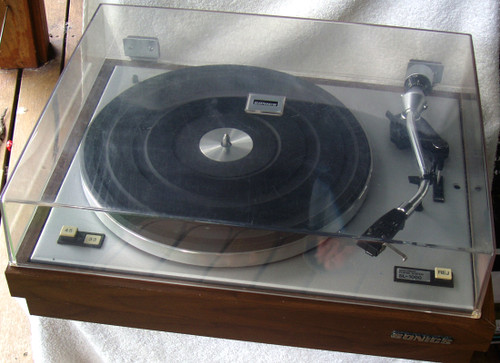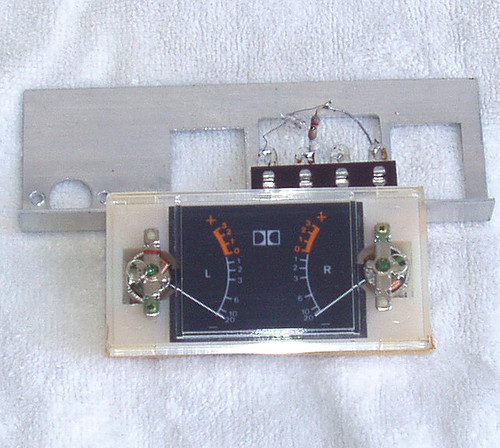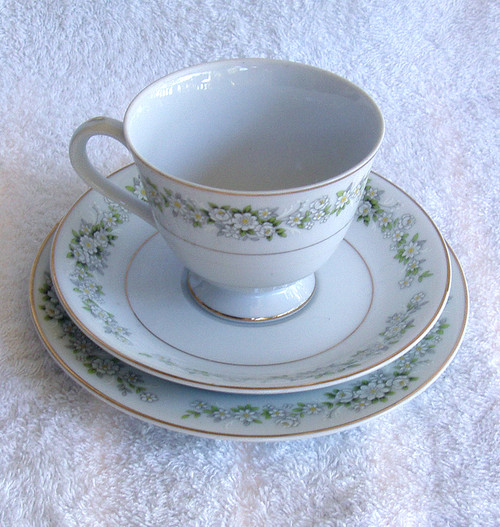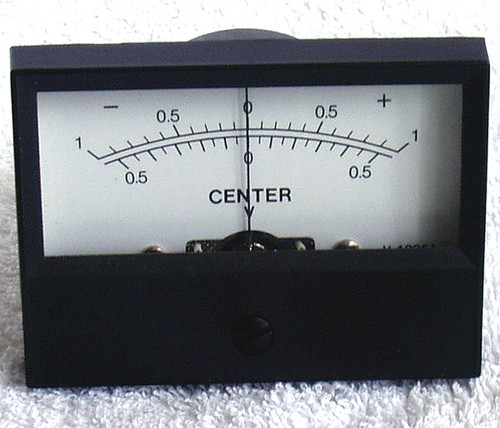EQUIPMENT HISTORY:
Everything I am describing below is IMPORTANT, read it please!
This old turntable is part of my "collection" of all things audio, both professional and consumer gear. I personally don't mind a decent piece of "kit" and although this turntable was aimed at the "price conscious" consumer market, it is not too bad.
See the FULL details below.
I have over the years collected together a LOT of old vintage audio equipment due to my business activities in pro audio post production and my long technical career in electronics but the day has finally arrived, this turntable is being shown the door - go forth and give enjoyment to a new owner!
Nice turntable to add to your collection of "early Japanese" and it's not too shabby either!
My wife says "for goodness sake, get rid of that mountain of gear" so them's my orders ... out they all go.
This is 1970's era "entry level" Japanese equipment, build quality is not bad and certainly not like the trashy "plastic jobbies" the Japanese produced in later years where the major manufacturers all fought each other in a race to the bottom!
THE CONDITION OF THIS EQUIPMENT IS CLEARLY STATED BELOW, BOTH COSMETICALLY AND ELECTRICALLY
There is no warranty, there are no returns - but I am very thorough and do not "gloss over" any issues I might discover!
SONICS??? Who on earth are they?
The logo on the top of the dust cover indicates their product catch tag was
"Truly The World's Finest" - Boy! they have set themselves a high standard there!
There is very little information about this company online but I have seen hints that SONICS was a sub-company of Pioneer Corporation, Japan.
The tonearm in particular has a Pioneer "look" to it although I have looked inside and out for ANY manufacturer names - zilch. So if Pioneer was behind this product, they didn't want the customer to know about it!
The rear manufacturers label simply says SONICS CORPORATION TOKYO JAPAN
As to what happened to SONICS, who knows? Maybe they had issues with Technics (Panasonic) because they used the same model number of a much higher quality turntable, the SL1000 and SL1000R - maybe it is just a co-incidence but this is the very time that Technics were starting off their celebrated SL and SP series turntables, perhaps Sonics was hoping to catch some customers by using the same model number? Definite recipe for legal trouble!
Anyway, SONICS vanished into thin air - that is why these turntables are EXTREMELY difficult to find.
SONICS Corporation
Made In Japan
Model: SL-1000
Dimensions (including the dust cover)
450mm wide x 350mm deep x 190mm high
Weight (unpacked) 8Kg
240V/Hz or 110V/60Hz operation (user selectable)
Belt Drive
45/33 Semi automatic turntable
S tonearm
Anti-skate and stylus force adjustments
Simple mechanical design
Simple electrical design
Cool looking soft touch buttons controlling rotational speed & manual Eject
Standard headshell fitted with a cartridge/styli (see my notes below about this though!)
Floating platter design
Easily removeable dust cover lid
45 adaptor is MISSING (small round plastic disc with a hole in the centre for the spindle) - not a big deal but I cannot find it anyway!
COSMETICS:
This turntable is around 50 years old and yet it remains visually striking
The plinth is made of thick plywood with a quality veneer woodgrain finish - pretty standard for Japanese equipment of this era
The plinth is clean and unscratched
The veneer looks to be of good quality, no curling or lifting - even after 50 years.
Top side is all metal, something like a powder-coated finish, silver/grey.
This is also very clean with just a couple of very minor marks.
The platter is aluminium, shiny and no signs of oxidisation
The rubber mat is also in great shape, clean and undamaged or discoloured
Tubular S tonearm, pivot and counter-balance are all in very good condition
*** NOTE ***
There is an issue here, the end of the tonearm, into which the headshell assembly fits, uses a very small grub screw to secure the two sections together - THIS GRUB SCREW IS MISSING!
You absolutely must find/fit another grub screw otherwise the head assembly is going to wobble all over the place or simply drop off the end of the tonearm!
There is a cartridge fitted although the markings make no sense to me and I can find no reference to this cartridge - best to discard the cartridge as fitted and replace with another where at least you can get replacement styli easily!
The cartridge is marked only as
STEREO
100
The shape of the cartridge reminds me of early Stanton's and it uses the standard method of securing to the headshell, 2x very small metal bolts.
The perspex lid is in pretty good shape considering the age.
Most importantly ...
NO cracks
NO severe scratching
Light scuff or "milky" appearance (but still very presentable)
Nice secure all metal hinges which allow the dust cover to be removed with a slight "side-ways" movement - very nice and easy
The lid is easy to lift up/lower down and it does stay held up in the upright position!
Standard Australian 240V GPO plug and lead are undamaged and clean
Phono output lead is undamaged and clean
TESTING:
This is a K.I.S.S turntable (keep it simple stupid)
Overall visual impression is of a well put together (by humans not machines) turntable, simple design but that also means less to go wrong!
Not one component has any manufacturer's identification, even the synchronous motor!
The belt seems fine, not too "loose" but as these always fail "one day" I checked and replacement belts can be obtained from the likes of Wagner's here in Sydney (you need to measure the belt and select from their website the closest fit (their range is extremely comprehensive), then it order it online)
As this turntable is designed to be dual voltage/frequency use, there is a switch under the platter for this adjustment - it is currently set for 240V
Speed changing is totally mechanical - the belt is physically moved from one pulley to another when the speeds are selected - no quartz locked speed control here!
The motor is the old (but a standard type of synchronous motor used by most manufacturers of the day e.g Garrard) synchronous type and the accuracy of rotation is determined by the mains frequency stability which here in Australia is very good. The power frequency tolerances of our domestic power suppy are pretty tight with our Australian regulatory agency, the AEMC declaring the normal tolerances should lie within 49.85 ~ 50.15Hz
If you were to run this turntable off your own generator though, then there could be issues with the stability of rotational speed.
Speed selection is almost touch sensitive and has a nice positive feel about it, same goes for the Reject mechanism - both of these functions work perfectly as does the auto lift and return once the tonearm is in the "run-out" area of the vinyl record.
The tonearm has good movement and does not appear to have excessive "play" at the pivot. This tonearm assembly is all metal but the headshell (black part at the end) is plastic!
The plug fitting for the headshell is nice and secure and the tighening nut functions properly.
The platter floats on 4 fixed springs, movement is free and with no untoward "boing" You cannot adjust the tension of these springs, they are fixed.
So, let's fire it up and see how it sounds (I don't expect much because this cartridge looks pretty dodgy to me!)
Well surprise surprise, it isn't too bad actually. My "test" vinyl (an album and a 45 12" single) played beautifully and although I did not technically test the rotational speed, it sounds pretty spot on to my ears!
The audio was acceptable, clean and "lively" sounding ON BOTH CHANNELS.
I come back to that cartridge though, I would never be using an unknown styli on my record collection and neither should anyone who respects their vinyl collection - this will be the problem with this cartidge, just where on earth could you get a replacement styli? Might be easier just to swap out the cartridge for something more "contemporary" and then you will not have replacement styli problems in the future.
I changed speeds, no stress at all.
Reject button also works great but has that old issue (because of the design used) that when the gears engage to lift the tonearm and return it to rest, the rotational speed slows down very briefly - this is normal for this type of turntable.
The tonearm returns cleanly and sits down on top of the tonearm rest, waiting to be locked with the plastic safety clip.
SUMMARY:
Nice "golden oldie" from the Japanese circa 1970's, made well but could not be considered in the class of a Dual for example.
Heaven forbid, if you didn't want the turntable then it would make a good "component farm" for that tonearm, rubber matt, motor and the dust cover with hinges!
If this turntable is being shipped, I do have 3x turntable locking bolts (see the 3x holes in the top?) that will allow for safe transport of the turntable.
This turntable meets my conditions for FREE SHIPPING anywhere around Australia




















